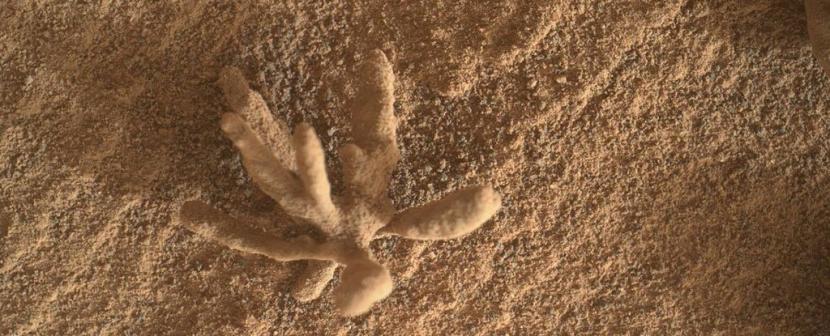The Curiosity rover found high levels of organic carbon on Mars.
REPUBLIKA.CO.ID, JAKARTA — Scientists from the American Space Agency (NASA) have found new potential evidence for ancient life on Mars. This potential evidence was obtained when examining eight years of data from the Curiosity Mars rover.
Scientists discover organic carbon total. It is a key ingredient for life and is surprisingly high in Martian rocks scanned by explorers.
Organic carbon may come from non-living sources, including meteorites and volcanoes. However, this discovery provides modest new support for the theory that Mars may have been teeming with life billions of years ago, with an atmosphere that would have allowed rivers and entire oceans to exist.
“Total organic carbon is one of several measurements (or indices) that helps us understand how much material is available as feedstock for prebiotic chemistry and possibly biology,” said Jennifer Stern of the Goddard Space Flight Center. NASA and lead author of a new paper published in Proceedings of the National Academy of Sciencesquoted from FuturismWednesday (29/6/2022).
In fact, carbon levels are comparable to some parts of the Earth, albeit remote. “We found at least 200 to 273 parts per million organic carbon,” added Stern.
He said these levels were comparable to or even more than the amounts found in rocks in very low-life places on Earth, such as parts of the Atacama Desert in South America. This number is more than that detected in a Martian meteorite.
Curiosity used the Sample Analysis at Mars (SAM) instrument in 2014. In it Curiosity roasting samples of pulverized rock, 3.5 billion year old mudstone, at high temperatures. The process converts some of the carbon into CO2, which allows Curiosity to measure the carbon isotope ratio. This process gives scientists insight into the material’s original source.
The samples were taken inside the Gale crater, a site believed to be an ancient Martian lake.
“Essentially, this location would offer a livable environment for life, if one exists,” Stern said in a statement.
It’s an exciting discovery that could have important consequences for our understanding of ancient life on the Red Planet, but it doesn’t mean we have to get ahead of ourselves.
According to Stern, the more likely scenario is that the total organic carbon is the result of other nonliving processes.
“While biology can’t be completely ruled out, isotopes can’t really be used to support the biological origin of this carbon, because its range overlaps with that of igneous (volcanic) carbon and meteorite organic matter, which are the most likely sources of this organic carbon,” he said.
–
–


